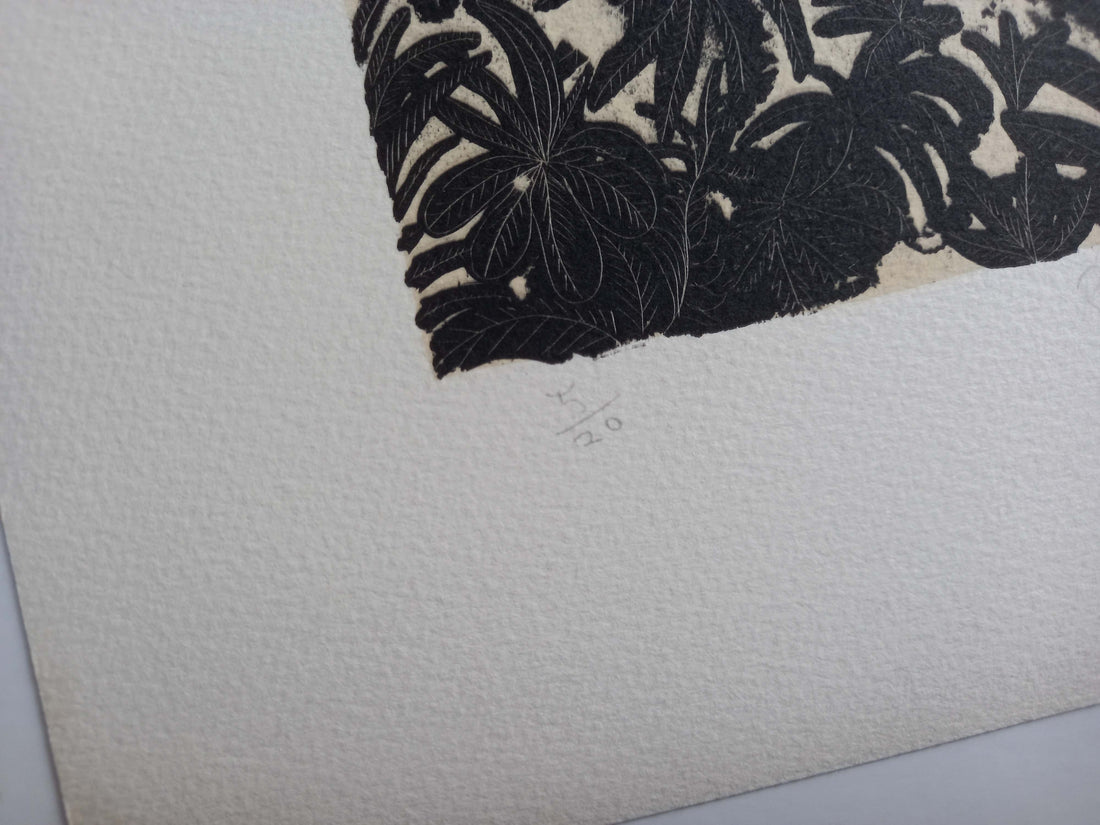
A Guide to Print Editions: Understanding the World of Limited Prints
Art lovers and collectors often encounter various terms when exploring the world of limited-edition prints, such as "numbered prints", "Artist Proofs", and "Printer's Proofs". Understanding these terms is crucial to appreciating the value, rarity, and unique qualities of print editions. This guide provides a comprehensive overview of what a print edition is and the different types of special proofs that often accompany them.
What is a Print Edition?
A print edition refers to a series of identical prints created from a single original artwork or matrix, such as a woodblock, lithograph plate, or digital file. These prints are usually produced in limited quantities, with each print being part of a numbered sequence (e.g., 1/50). Limiting the edition enhances the artwork's exclusivity and value, as collectors know only a specific number of these prints exist.
Each print in an edition is signed and numbered by the artist, ensuring authenticity and certifying its place in the sequence. The numbering typically appears as a fraction: the numerator represents the print's number, and the denominator indicates the total number in the edition (e.g., 12/100).
Numbered Prints
Numbered prints are the standard prints within an edition. Their numbering shows their unique placement in the run, with earlier numbers often viewed as slightly more desirable, especially in traditional printmaking, as they may show sharper details.
For instance, a print labeled 15/100 means it is the 15th print out of an edition of 100. These prints are identical in quality and value, barring any differences caused by early impressions or subtle variances in manual processes.
Special Types of Prints in an Edition
In addition to the standard numbered prints, artists, and publishers may create special prints outside the numbered series for various purposes. These are often marked with distinctive labels and hold unique value.
1. Artist's Proof (AP)
Artist's Proofs are prints reserved for the artist’s personal use, typically making up 10–15% of the total edition. They are marked as AP rather than numbered. Historically, these were provided as a "bonus" for the artist and were not intended for sale. However, APs are now often sold at a premium due to their rarity and association with the artist.
2. Printer’s Proof (PP)
Printer’s Proofs are created as a courtesy to the printer or workshop responsible for producing the edition. These prints are marked PP and are not part of the numbered edition. Like APs, they are rare and sought after by collectors who value their unique association with the printmaking process.
3. Final Proof (BAT)
The Bon à Tirer (French for "good to print") proof is the final proof approved by the artist before the edition is printed. The BAT serves as the standard against which all other prints in the edition are measured. Only one BAT exists per edition, making it highly valuable to collectors.
4. Hors de Commerce (HC)
Hors de Commerce, meaning "not for sale," refers to prints intended for promotional use, such as display at galleries or sent to critics and institutions. These prints are often marked HC and are not part of the numbered edition. While originally not intended for sale, HC prints can occasionally enter the market and are prized for their rarity.
The Value of Special Proofs
Special proofs, including APs, PPs, and BATs, are highly desirable due to their limited nature and close ties to the artist or production process. While numbered prints carry the prestige of being part of the official edition, proofs offer a unique glimpse into the creation of the artwork.
Appreciating the Nuances of Print Editions
Whether you're just beginning your collection or expanding a seasoned one, understanding the different types of prints, from numbered editions to Artist’s Proofs and beyond, can deepen your appreciation for the artistry and intention behind each piece. These distinctions not only affect value and rarity but also offer insight into the creative process itself.
All our limited edition prints at Arte Delux are carefully numbered and signed to ensure authenticity and exclusivity. Simon Lee Robson's The Black Rain Engravings | 2024 collection includes a selection of Artist's Proofs (APs), while The Black Rain Engravings Part 2 | 2025 features both APs and Hors de Commerce (HC) prints, making them especially rare and desirable for collectors seeking something truly distinctive.



